SUMMARY
This is AI generated summarization, which may have errors. For context, always refer to the full article.
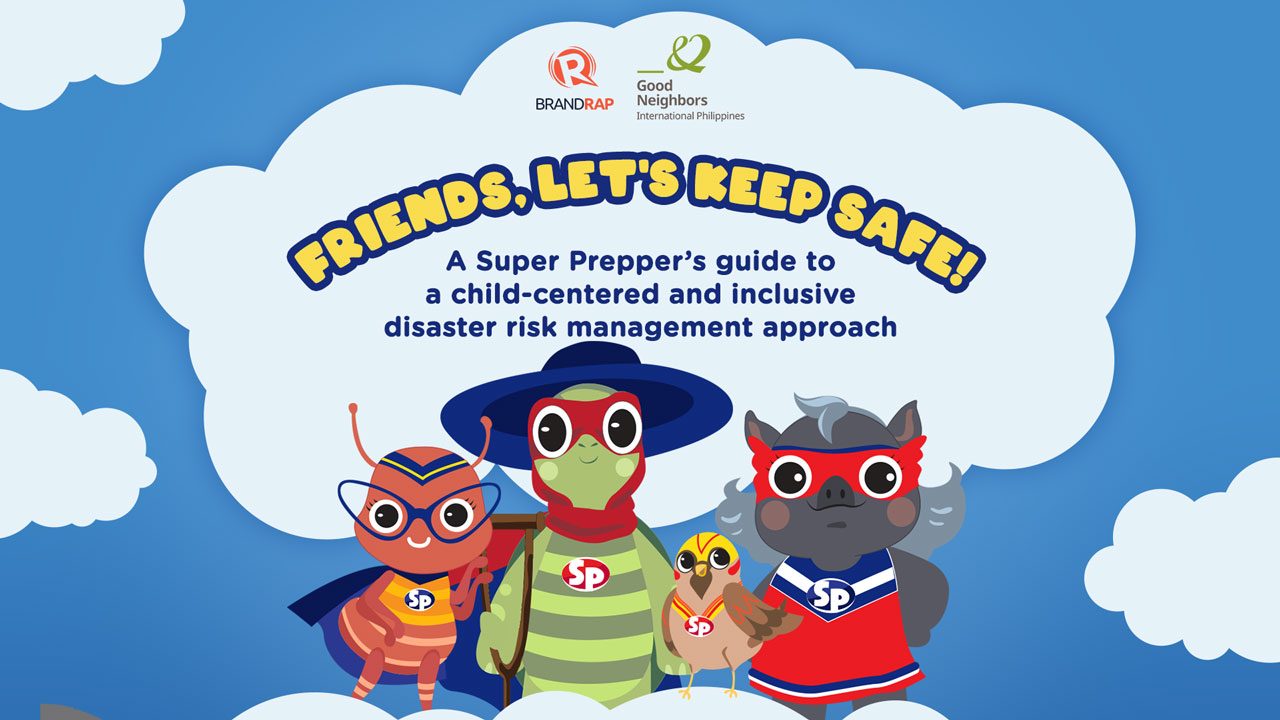
Editor’s note: This content is sponsored by Good Neighbors International and was produced by BrandRap, the sales and marketing arm of Rappler. No member of the news and editorial team participated in the production of this piece.
The Philippines is considered to be one of the most hazard-prone countries in the world. Since we’re located along the typhoon belt and the so-called Ring of Fire, we are vulnerable to natural disasters such as typhoons, floods, earthquakes, and volcanic eruptions.
Experts have long stressed the importance of effective disaster prevention, mitigation, response, rehabilitation and recovery, knowing that disasters can happen anywhere and anytime. In our country, we have the national Disaster Risk Reduction and Management (DRRM) framework – a “comprehensive, all hazards, multi-sectoral, inter-agency and community-based approach to disaster risk reduction and management.”
During disasters, however, one of the most disadvantaged are the children, including those from indigeneous communities, and persons with disabilities (PWDs). Due to their limited capabilities, they can’t fully participate in disaster risk reduction (DRR) programs implemented by the government.
This is the same reason why Good Neighbors International Philippines (GNIP), an international Non-Governmental Organization that aims to protect children’s rights, pushes for more inclusive disaster risk reduction programs in the country. One of its projects involves making informative and fun educational materials like videos and comic strips that teach children the basics of inclusive child-centered DRRM.

GNIP believes that children are more than capable of making contributions in society and ensures that no one is left behind. So how can we keep them informed and involved with DRRM programs? The Super Preppers: Disaster Fight Squad teach us how.

It’s always best to be prepared for disasters and ensure that our disaster response meets the needs of children, especially the indigenous children, and children with disabilities. Be a Super Prepper today! For more information, visit goodneighbors.ph – Rappler.com
References:
www.savethechildren.net/news/philippines-three-million-children-affected-mindanao-earthquakes
GNIP Inclusive Child-Centered Disaster Risk Reduction and Management (DRRM) Module
Add a comment
How does this make you feel?
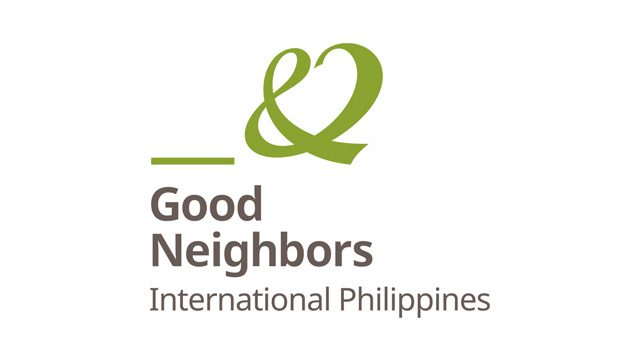

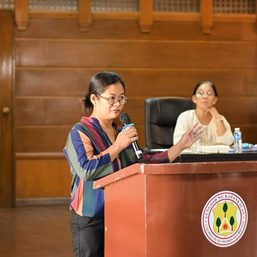
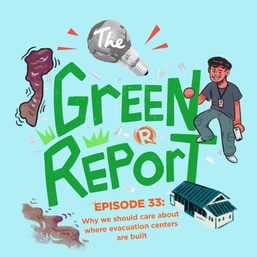
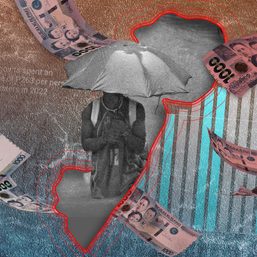
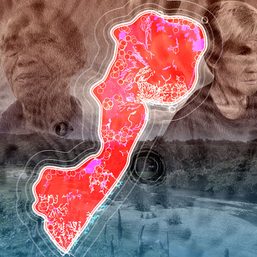
There are no comments yet. Add your comment to start the conversation.